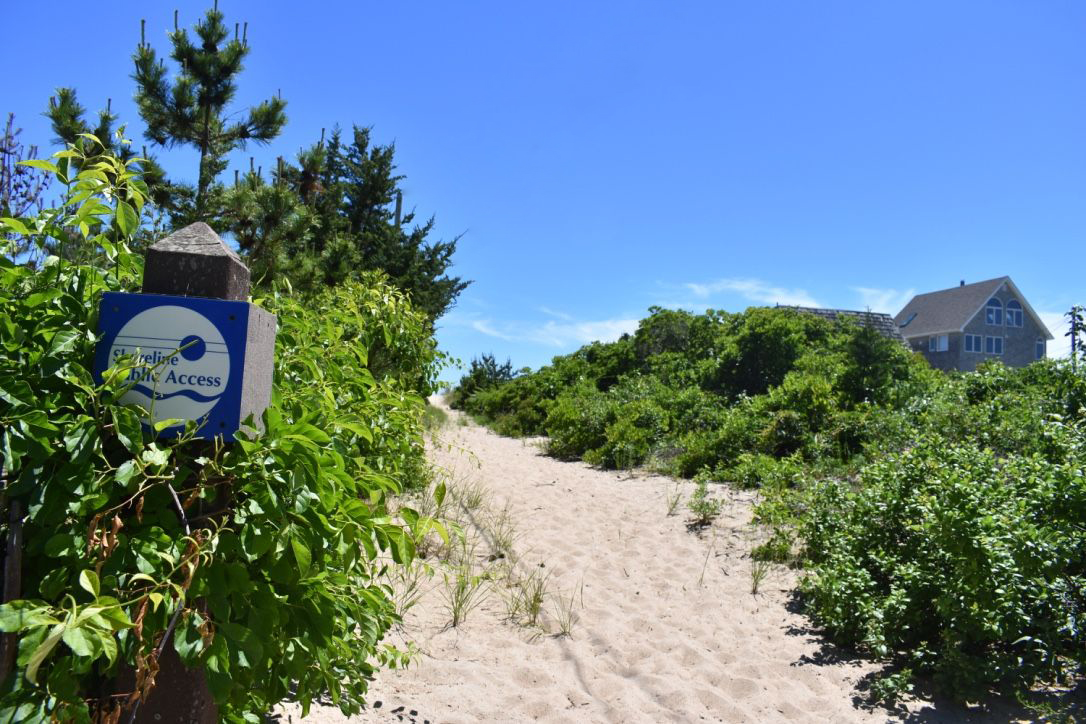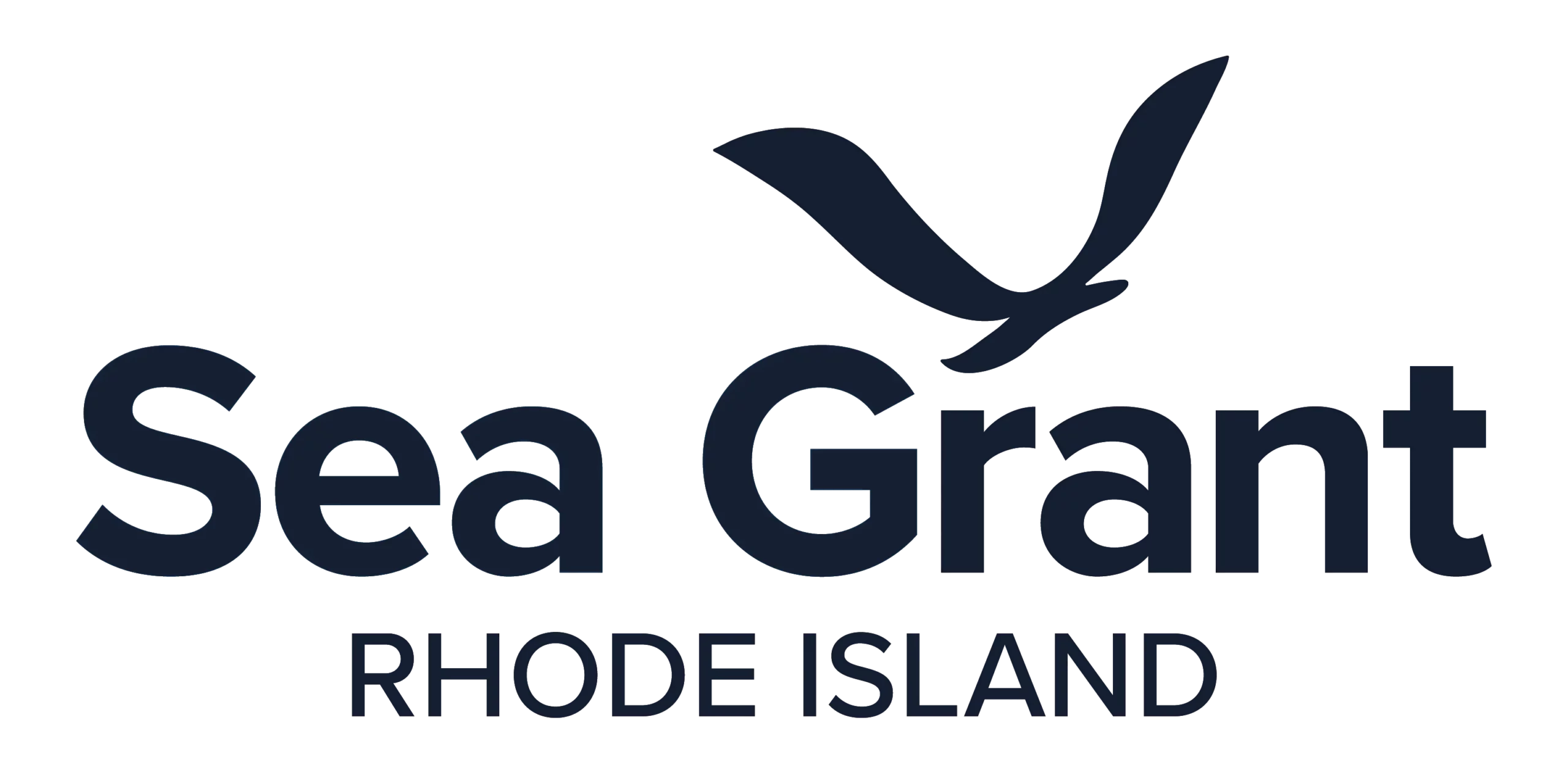
By Cynthia Drummond | Courtesy of ecoRI
Rhode Island has hundreds of public shoreline access points, but for many people getting to them is a challenge.
“Shoreline Access for All: Environmental Justice along the Coast,” a June 30 webinar, the second in a series hosted by the Coastal Resources Management Council (CRMC) and Rhode Island Sea Grant, focused on shoreline access as an environmental-justice issue. The speakers were social scientist Kate Mulvaney of the Environmental Protection Agency (EPA); Julia Twichell, geographic information system and watershed specialist at the Narragansett Bay Estuary Program; and CRMC policy analyst Leah Feldman.
Mulvaney presented findings from a study that focused on distributional justice, the sharing of environmental burdens and benefits. The EPA research focused on demographic groups and how access to shoreline amenities differed between them.
Rhode Island has more than 400 uncertified public shoreline access points — during the past seven years, CRMC has certified 222 rights of way — but water quality varies from the more urbanized upper Narragansett Bay to the beaches in South County.
“We have 30 state and town beaches, and they have the same divide in water quality,” Mulvaney said. “Within Narragansett Bay, they all have some history of some form of impairment over the last five years as compared to the southern-facing beaches that don’t have that history of impairment.”
Using a method known as “equity mapping,” researchers examined census data to determine whether different populations within Rhode Island’s cities and towns had equal access to opportunities for recreation on the coast.
“We wanted to see if there were differences in the distance that those census block groups have to travel to get to the different access points, so we looked at the distance to get to the nearest beach — to get to any beach at all — and then we looked at the average distance to the 10 closest public access points,” Mulvaney said.
While the average distance to shoreline access points in Rhode Island is only 6 miles, the average distance to clean ocean water is much farther, 22 miles.
“Populations with a higher proportion of White population have to travel less far than the census block groups that have a higher proportion of Black and Latinx,” Mulvaney said. “When we look at beaches, it’s the same story. It’s a little bit farther for anyone to get to the beach, it’s an average of 10 miles to get to the beach for any census block group and to get to the cleanest beach, the average distance is 31 miles, but it’s a little bit closer for census block groups that have a higher proportion of population that’s White.”
The study concluded that coastal access inequities persist.
“There’s some inequities statewide in terms of coastal access opportunity and those are associated with race and ethnicity,” Mulvaney said. “If we’re thinking about that through an equality lens, we want everyone to be the same distance from coastal access points, so thinking about, strategically, where we would put access points so that we can increase access and make it more equal. … We’re looking at everyone having a chance to get to a high-quality shoreline.”
